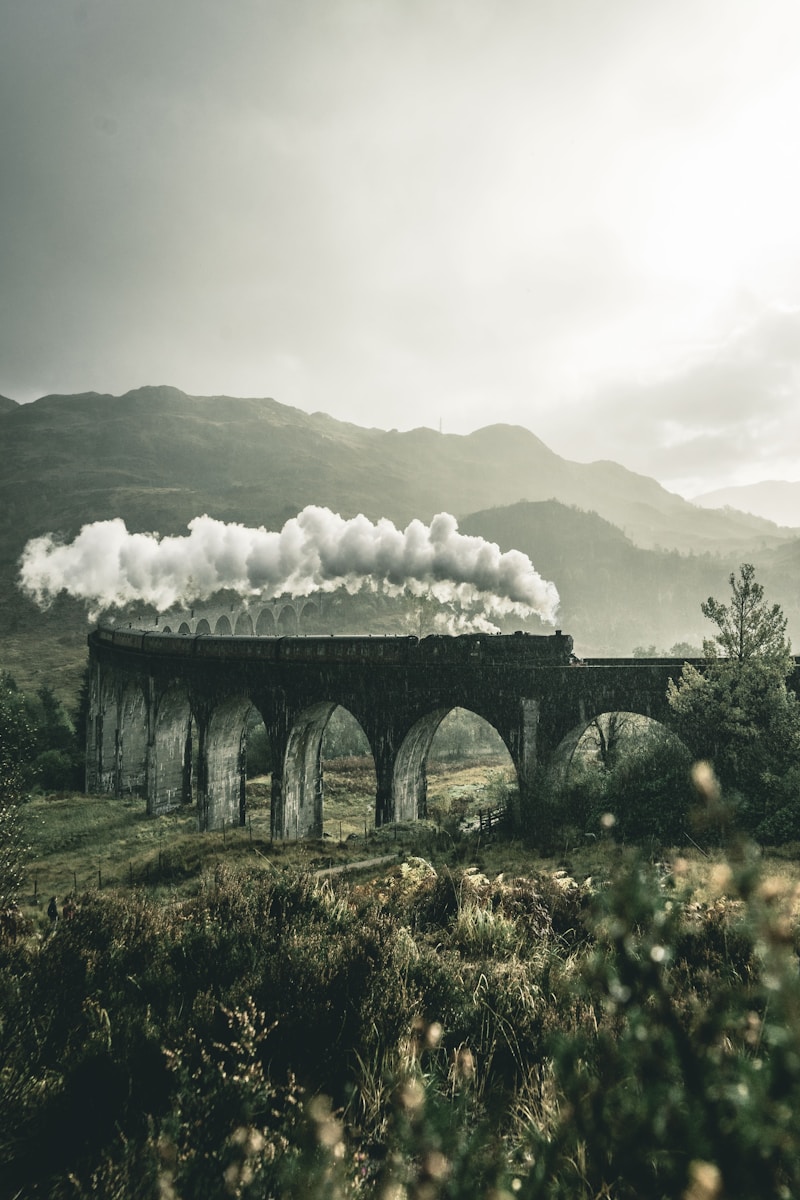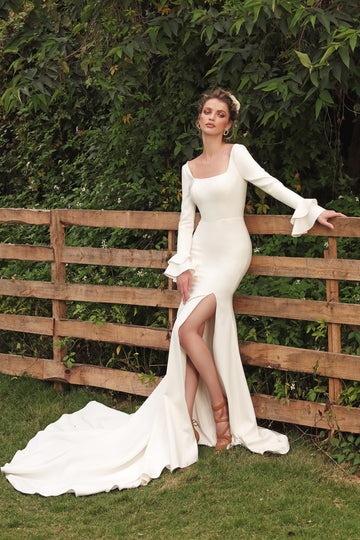Fabrics That Enhance Train Appearance: Tulle vs. Organza
Fabrics That Enhance Train Appearance: Tulle vs. Organza
When it comes to enhancing the beauty and elegance of a garment, particularly in the realm of fashion design for bridal gowns or evening dresses, the choice of fabric plays a pivotal role. Among the various options available, tulle and organza are two popular choices that stand out for their unique qualities and visual appeal. This article will delve deep into the comparison of these two fabrics, focusing on how they can enhance the train appearance of a dress.
The Basics of Tulle and Organza
Before we explore the specific attributes of tulle and organza, it's essential to understand what these fabrics are. Both are lightweight, but they offer different textures and finishes.
What is Tulle?
Tulle is a fine, lightweight netting, commonly made from nylon, silk, or polyester. It's known for its delicate appearance, often used in veils, skirts, and overlays. Tulle comes in various colors and can be easily manipulated to create voluminous silhouettes.
What is Organza?
Organza, on the other hand, is a thin, crisp fabric made from silk or nylon. It boasts a slightly stiff texture and a glossy finish. Unlike tulle, organza drapes beautifully while retaining its shape, making it an excellent choice for structured garments.
Visual Characteristics
| Characteristic | Tulle | Organza |
| Texture | Soft, airy | Crisp, structured |
| Sheerness | Very sheer | Less sheer |
| Draping Ability | Puffy, voluminous | Elegant, structured |
| Shimmer | Matte finish | Shiny finish |
As seen in the table above, tulle tends to offer a more ethereal quality with its soft and airy texture, allowing for dramatic volume. In contrast, organza provides a more sophisticated and structured appearance, which can also add opulence to a train.
Enhancing the Train Appearance
The train of a dress is often the focal point of the design, allowing for a trailing silhouette that adds drama and elegance. Here’s how tulle and organza contribute to enhancing train appearance:
Using Tulle for Trains
Tulle is the go-to fabric when a designer aims to create a voluminous and whimsical train. The lightness and sheer quality of tulle allow for multiple layers without weighing down the gown. Brides looking for a fairytale aesthetic often choose tulle for an enchanting effect. The layering can create a cloud-like appearance, making the train float gracefully behind as the wearer moves, enhancing the sense of movement.

Using Organza for Trains
For those leaning towards a more structured and elegant look, organza is the fabric of choice. Its crispness helps maintain the shape of the train, so it flows elegantly without losing its form. Organza can hold its structure well, making it an ideal choice for designs that call for intricate details or sophisticated lines. A train made with organza looks polished and can highlight any embellishments like embroidery or lace, adding to the overall luxurious feel of the gown.
Practical Considerations
While both fabrics have immense aesthetic appeal, there are practical aspects to consider when opting for either tulle or organza for a train.
Comfort and Wearability
When considering tulle vs. organza, comfort is key. Tulle, being lightweight and airy, is often more comfortable for the wearer, especially during long events like weddings. However, it can snag easily and may require careful handling. Organza, while slightly stiffer, provides a more structured feel that some may find more flattering. It is also durable and does not crease easily.
Care Instructions
Another important consideration is how to care for these fabrics. Tulle is usually recommended to be hand washed in cold water and air-dried to avoid damage. Organza, being a bit more resilient, can often be dry cleaned. Understanding how to maintain the integrity of the fabric is crucial for preserving the elegance of the train.
Comparative Cost for Tulle and Organza
The cost of fabrics can vary significantly based on quality and availability. Tulle is generally more affordable compared to organza, especially when considering high-quality silk organza. However, the cost factor should be balanced with the design goals and the overall vision for the garment.
| Fabric Type | Average Cost per Yard |
| Tulle | $5 - $20 |
| Organza | $8 - $30 |
Final Thoughts
Both tulle and organza offer unique qualities that can enhance the appearance of a train in a bridal gown or evening dress. While tulle provides a dreamy, voluminous effect, organza delivers a refined and structured look. The choice between the two ultimately depends on the desired aesthetic, the level of comfort, and the overall design intent.
When making your decision, consider factors like the venue, weather, and personal style. If you’re aiming for a romantic setting, tulle might be the fabric to choose. Conversely, if you're going for a sophisticated evening gala, organza could be the way to go. Each fabric has its own merits and can help create a stunning train that complements your overall look.
In conclusion, whether you choose tulle or organza, ensure that your selected fabric aligns with your vision and adds to the elegance of the train. Pay attention to the care instructions and your budget to ensure a seamless choice that enhances your overall ensemble.
